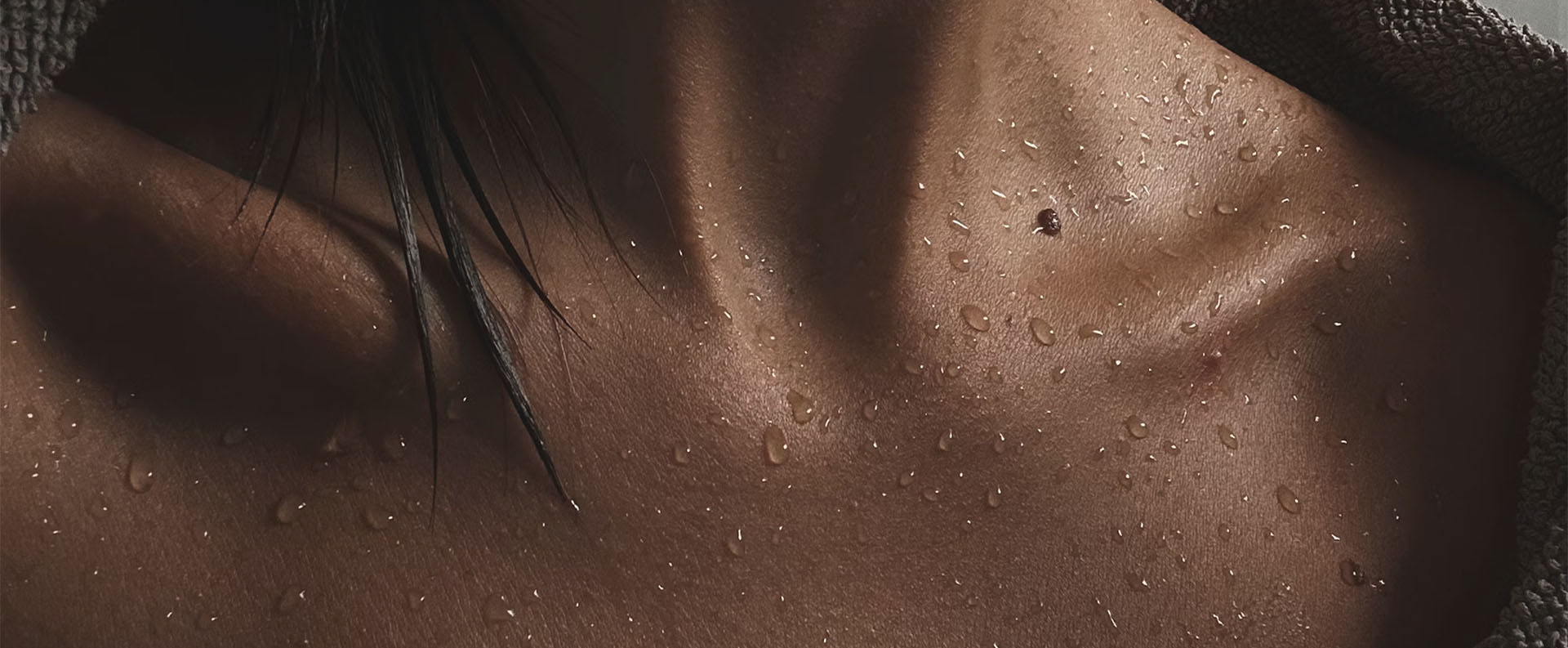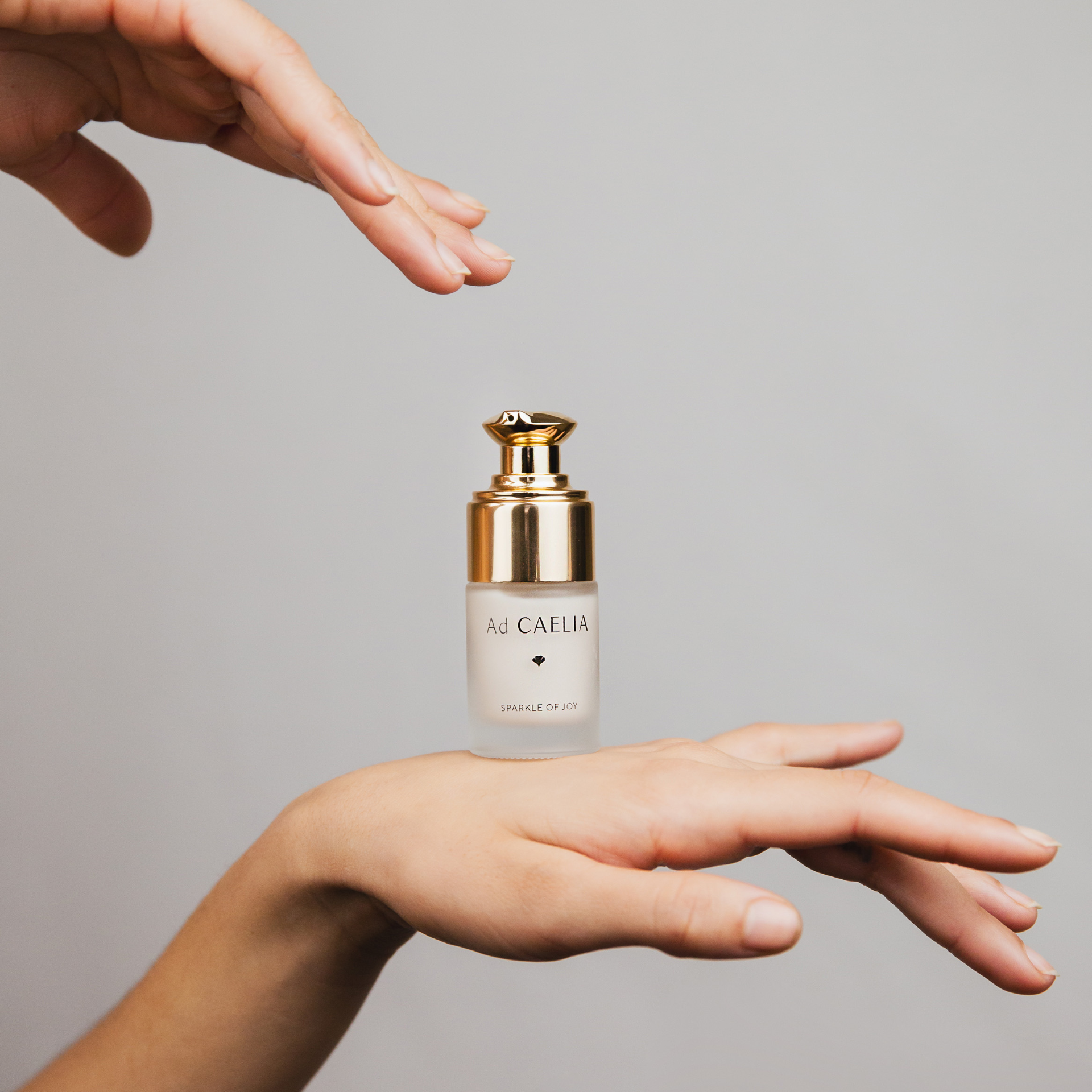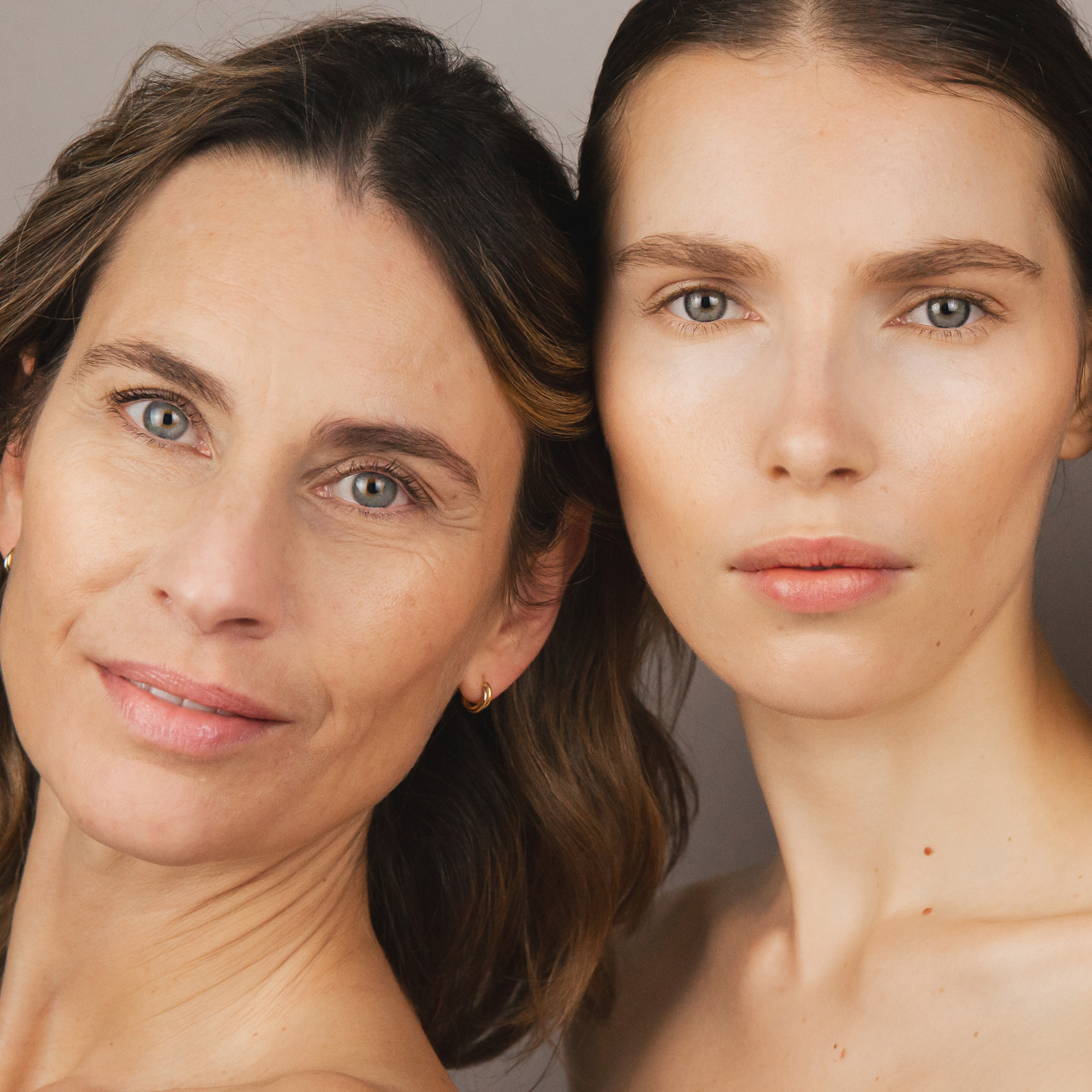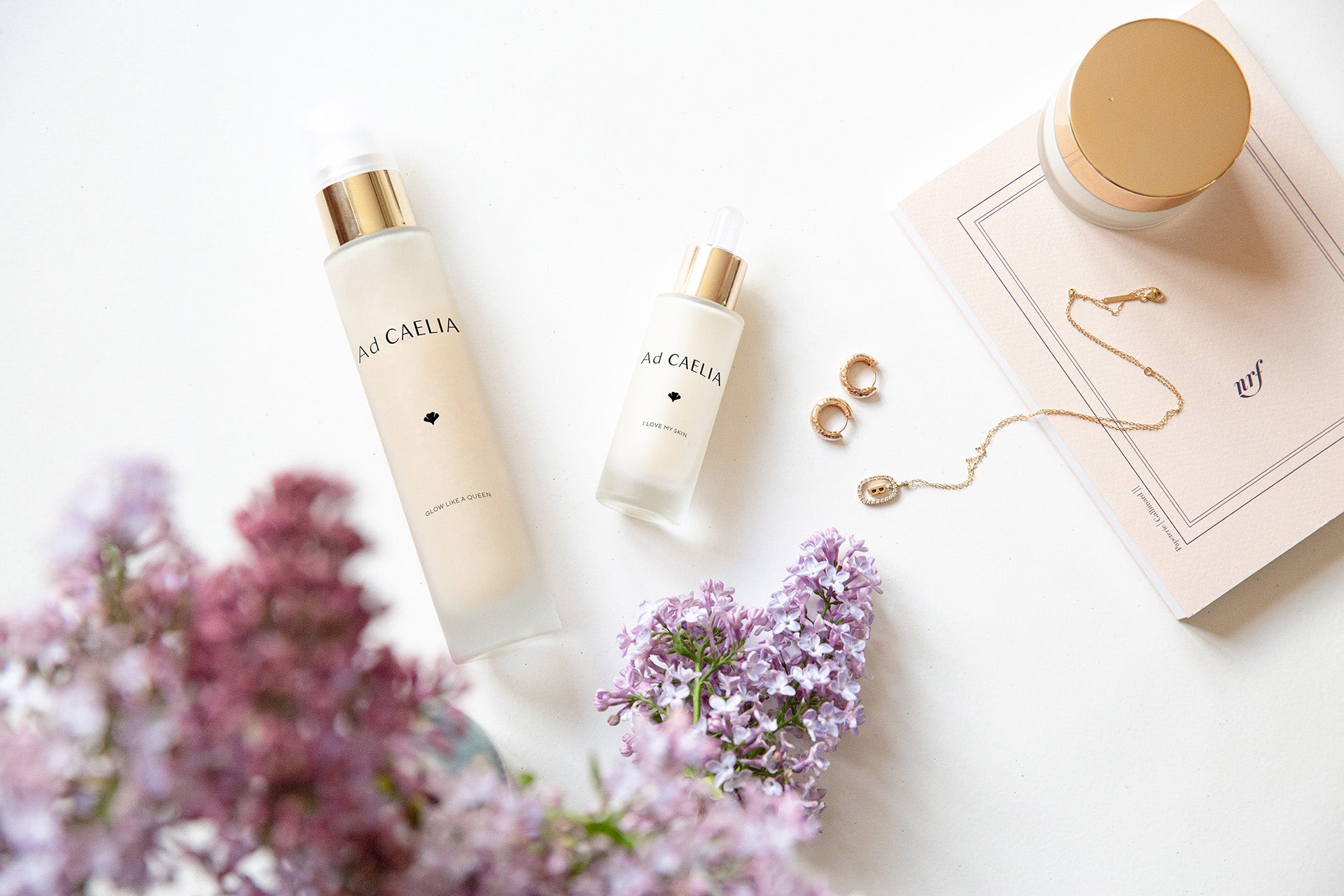
Dehydrated skin vs. skin lacking nutrition: how to tell the difference and take care of it?
It’s not always easy to understand what our skin truly needs. Dehydration and lack of nutrition may show similar signs, but the solutions to address them are quite different.

Dehydrated skin: a lack of water
Dehydration is a temporary condition that can affect all skin types, even oily skin. It often results from a weakened skin barrier or an environmental imbalance (dry climate, heating, harsh products).
How to Recognize Dehydrated Skin?
- A feeling of tightness, especially after cleansing
- Dull complexion and lack of radiance
- Fine dehydration lines visible on the surface
- Skincare absorbs quickly, as if the skin "drinks" everything
- Can affect all skin types, including oily and combination skin
How to Care for Dehydrated Skin?
To restore comfort and radiance, it’s essential to adopt a skincare routine tailored to its specific needs.
- Hydrate with humectant ingredients: a humectant is an ingredient that attracts and retains water in the skin, helping to maintain moisture and prevent dehydration.
Key ingredients to look for: hyaluronic acid, aloe vera, lactic acid, D-panthenol, glycerin.
All of our formulas include humectant ingredients to ensure deep hydration. - Adopt a gentle skincare routine: avoid harsh cleansers that strip the skin barrier. Instead, opt for our 2 in-1 AHA Glow cleanser, which gently cleanses while maintaining hydration.
- Hydrate from within: skincare is not the only solution! Drink at least 1.5 to 2 liters of water per day and include water-rich foods in your diet.
For intense and long-lasting hydration, pair our Ideal Balance Serum (hydrates, balances, smooths) with our Ultra Moisturizing Smoothing Cream (protects, regenerates, and deeply hydrates).
Pro Tip: The serum + cream duo is essential to combat dehydration effectively.

Skin lacking nutrition: a deficiency in lipids
Unlike dehydration, a lack of nutrition is a chronic condition that mainly affects dry and mature skin. It occurs when the skin lacks lipids, which are essential to maintain the hydrolipidic film and protect the skin from external aggressors.
How to Recognize Skin Lacking Nutrition?
- Persistent discomfort and tightness
- Rough texture, flakiness, or visible dry patches
- Loss of suppleness and elasticity
- Increased sensitivity to external aggressors (cold, wind, pollution)
How to Care for Skin Lacking Nutrition?
A lipid-deficient skin needs nourishing oils and butters to restore comfort and protection.
- Use rich textures: opt for balms, thick creams, and oil-based serums to replenish lipids and restore skin suppleness.
- Avoid harsh cleansers: stay away from foaming cleansers and micellar waters that can strip the skin. Instead, choose milky or balm cleansers to preserve the skin barrier.
Our recommendation: the Rejuvenating Beauty Oil – a concentrate of precious oils that deeply nourishes, restores the lipid barrier, and provides comfort to the skin. Pro Tip: Mix a few drops of this oil directly into your Ultra Moisturizing Smoothing Cream for an extra boost of nourishment.
The best approach: combining hydration & nutrition
Many skin types can suffer from both dehydration and a lack of nutrition at the same time. The ideal approach? Combine a humectant-based hydrating product (to retain water) with a nourishing oil or balm (to lock in hydration and reinforce the skin barrier).
- The perfect duo: apply our Ultra Moisturizing Smoothing Cream for deep hydration, then add a few drops of Rejuvenating Beauty Oil on top or mix them together for complete hydration and nourishment that soothes and protects your skin all day.
By listening to your skin and adjusting your routine accordingly, you’ll regain a radiant, soft, and comfortable complexion in every season! ✨

Discover our skincare essentials and offer your skin the perfect balance between hydration and nutrition.






Leave a comment
This site is protected by hCaptcha and the hCaptcha Privacy Policy and Terms of Service apply.